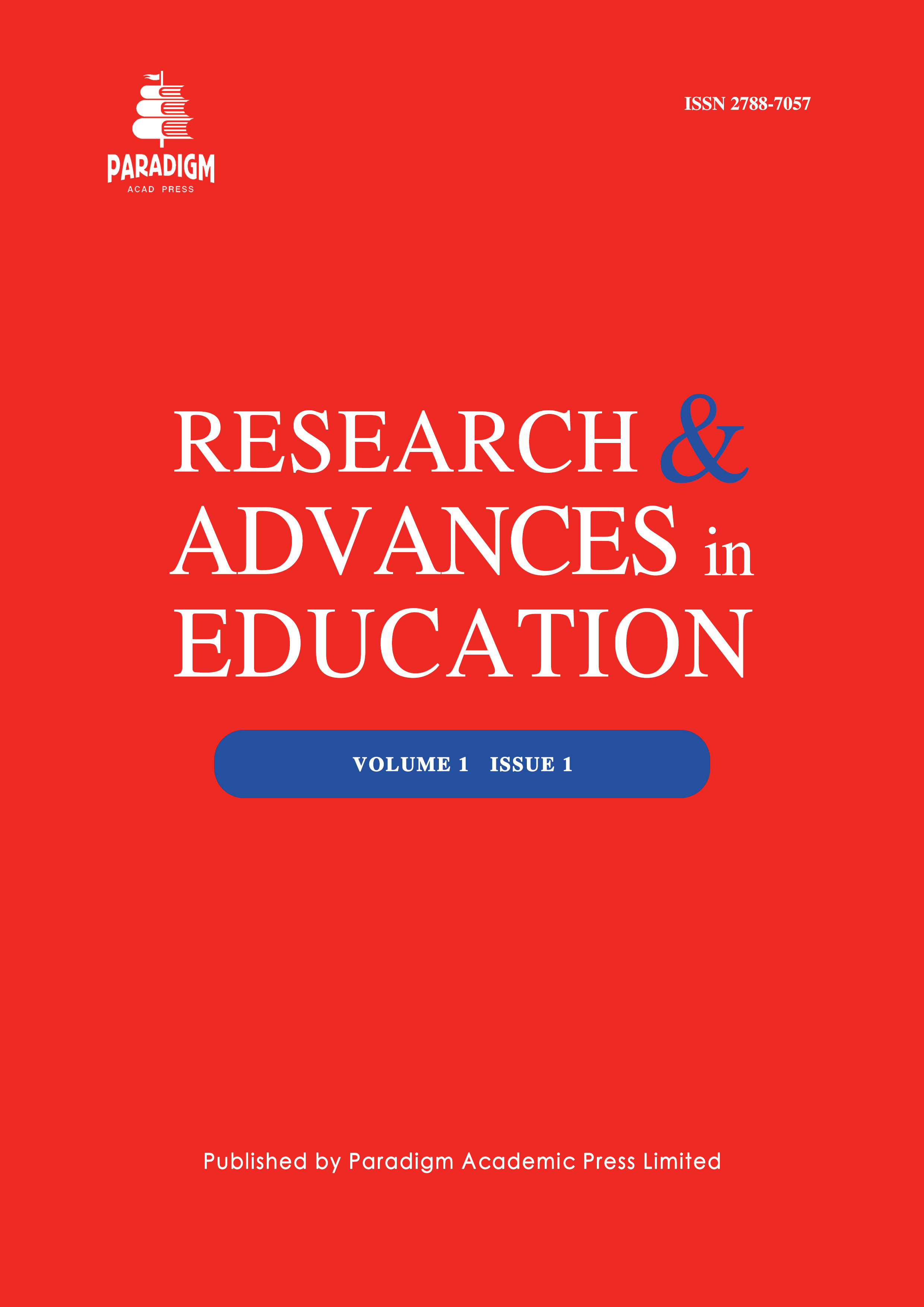How Gamification Enhances Student Engagement in Mathematics Education in Peru
Keywords:
gamification, student engagement, mathematics education, peru, digital learning, interactive learning, educational policyAbstract
Mathematics education in Peru has faced persistent challenges related to low student engagement and motivation, leading to poor learning outcomes. Gamification—the integration of game-like elements such as rewards, challenges, and real-time feedback into educational settings—has emerged as a promising approach to enhance student participation and improve mathematical proficiency. This study explores the implementation of gamification in Peruvian mathematics classrooms, analyzing digital and non-digital gamification strategies, teacher-driven initiatives, and case studies of successful classroom applications. The research further evaluates student engagement metrics, comparing gamified and traditional learning environments, and examines the barriers to widespread gamification adoption, including limited technology access, teacher training gaps, and the risk of extrinsic motivation dependency. Additionally, the study discusses future prospects for gamification in Peru, highlighting the role of educational policy, AI-driven adaptive learning, and curriculum integration in ensuring the long-term sustainability of gamified mathematics instruction. The findings suggest that gamification has the potential to significantly improve student motivation, participation rates, and mathematical performance, provided that key implementation challenges are addressed through targeted educational reforms and technological advancements.


